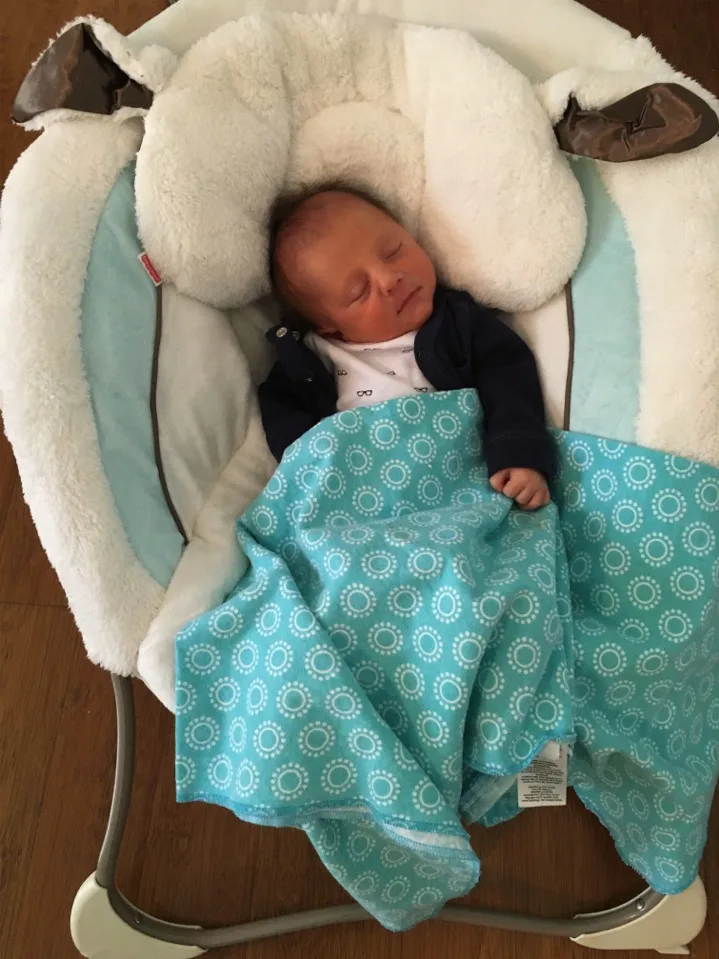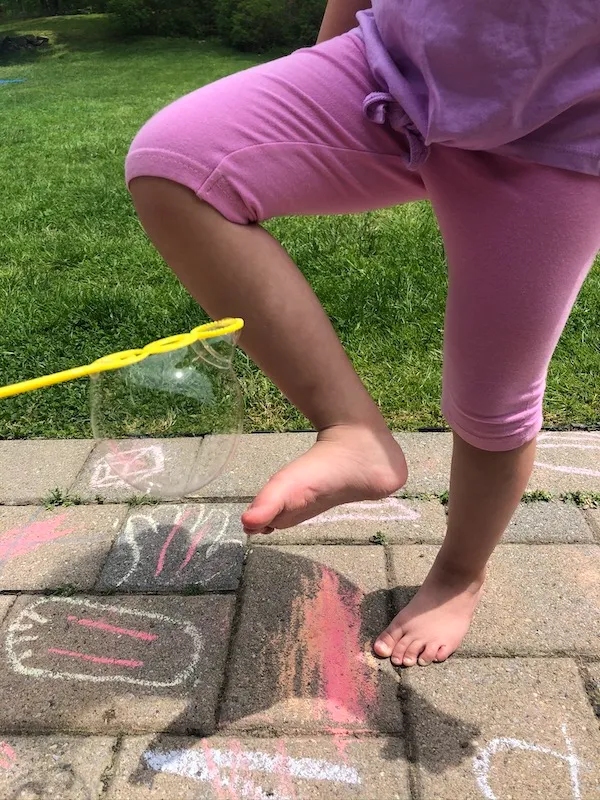The One Simple Change: To Extending Your Babies Naps
By Dr. Hayley Apiscopa, Pediatric Physical Therapist, Co-Owner Developmental Steps
There is a common mistake that parents make that results in their baby not getting the rest they need. I’m going to explain what that mistake is and what you should do instead. Hi, my name is Dr. Hayley Apiscopa, and I am a Pediatric Physical Therapist and Co-owner of Developmental Steps in Port Chester, NY. As adults, we are paralyzed for a significant amount of time while we’re asleep. And that’s because while we’re in REM sleep, the voluntary muscles of our body are paralyzed. And the reason for this is because REM sleep is an active sleep state. The brain is very active and our dreams are at their most intense. The body experiences sleep paralysis to stop it from acting out what happens during dreams. But, newborns do not experience sleep paralysis. This means that they can move around a lot when in REM sleep. They also make noises such as grunting, spontaneous cries, smiling, frowning, or body movements when they are in active sleep.
And here is where the mistake comes in, if you saw your newborn doing this, you would assume that they’re awake and rush in to comfort them. But, knowing what you know now about newborns and active sleep, you won’t be surprised to hear that in a lot of cases, the newborn is still asleep. And if you wait a little while longer this is what usually happens. Sounds of baby moaning and then going quiet.
If you rush in at the first sign of movement or sound, your baby may still be asleep and you are waking them when you enter the room. This will result in a newborn who has had a shorter sleep than usual. They may also be a bit cranky. It doesn’t stop there. If this happens, your baby might develop a pattern where short arousals become full-blown waking sessions.
To avoid falling into this trap, pause whenever your baby starts making sounds, moving around or grunting. Don’t rush to get in. Let me be clear, I’m not suggesting or telling you to let your baby cry it out. Understanding how newborns sleep is the key to adjusting their responses based on this. We know that newborns can be noisy and sometimes let out little cries during sleep.
Although they may wake up between sleep cycles, if they feel tired and not hungry, they will fall back to sleep as long as they are not interrupted. It is important to pause and allow them to drift off to sleep. Pausing means observing and listening to your baby, whether it is through a check or entering their bedroom, and watching them for a while. A quick reminder: If you want to enter your baby’s room, make sure you have white noise. This is because REM sleep means that they will wake up from any noises. You should also make sure you are not in their direct line of sight. They may wake up if they sense movement or your presence when they open their eyes during the REM stage. You should also make sure you don’t speak to them. Research has shown that babies are more responsive to their mothers’ voices than to smoke alarms.
As you watch your baby, pay attention to their sounds and look at their movements. This will help you determine if your baby is awake or not. If your baby starts to cry or becomes more restless, they are likely awake. You should comfort them. You will often find that their movements slow down and their sounds decrease, so they will sleep well. If you hear your baby grunting in their sleep, pause to see what’s happening. This simple pause can make a big difference in your baby’s sleeping habits.




